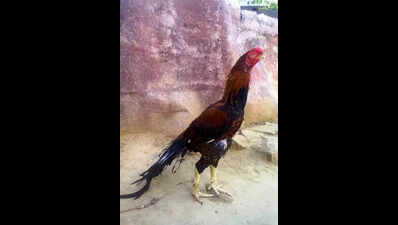Vijayawada: The bird flu outbreak that swept through Andhra Pradesh in January this year has left a lasting impact on thousands of rural households dependent on backyard poultry for livelihood. Families that once raised Asil and other country chicken breeds in their homes for supplemental income are now struggling, with a severe shortage of chickens and chicks in the market.Officials from the animal husbandry department say that the death of lakhs of chickens—including over two lakh Asil birds raised in backyard coops—caused a major disruption in the domestic poultry supply. While over 5.4 lakh farm-raised chickens were officially reported dead during the outbreak, officials acknowledge that losses in the backyard sector are significantly underreported.Backyard poultry has long been a support system for rural families. Women in villages often raised hens at home, selling eggs and poultry meat to generate monthly income. “We used to earn ₹6,000 per month from 25 hens, and during Sankranti, we sold Asil roosters for nearly ₹2 lakh,” said M Sujanamma, a homemaker from Kesarapalli in Krishna district. “But all our chickens died during the outbreak. Now we have none.”With the situation slowly improving, many are trying to restart poultry farming but face steep costs. Hatching eggs now sell for ₹30 each, and five-day-old chicks cost up to ₹100, a threefold increase. “There’s no guarantee that a ₹100 chick will survive,” said P Govinda Reddy from Velagaleru in NTR district. “Earlier, the loss was bearable. Now, it’s risky. The govt must step in to supply chicks at subsidised rates.“Villagers say that if prices fall and chick availability improves, many families are ready to resume backyard poultry, which had become a vital lifeline during tough times.








